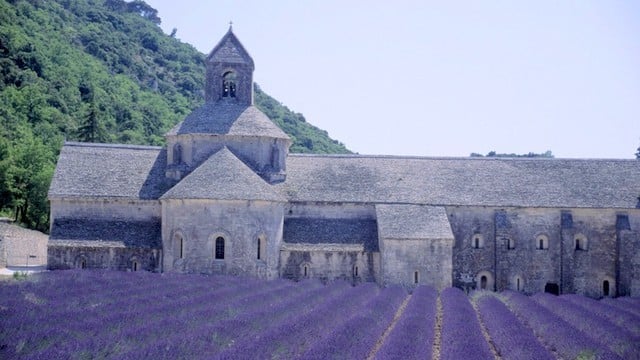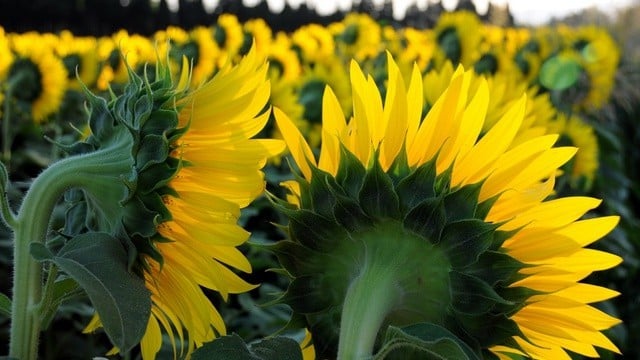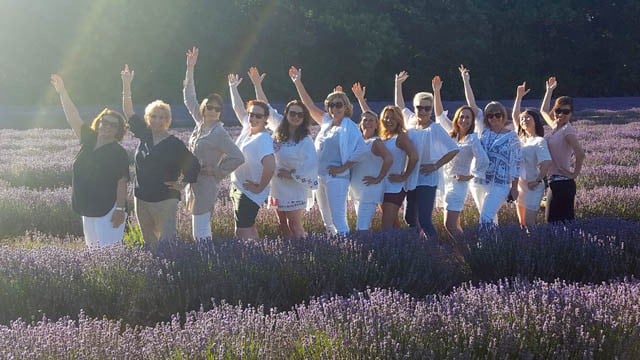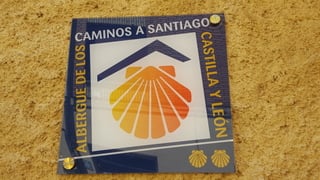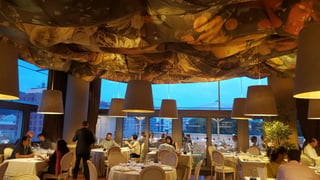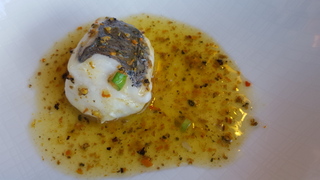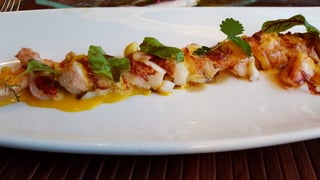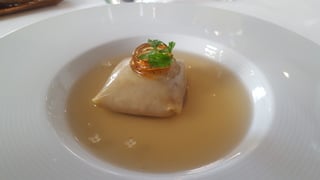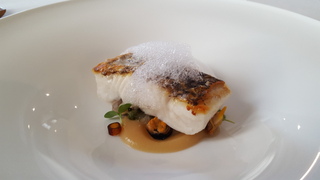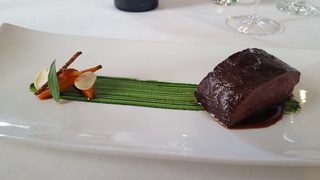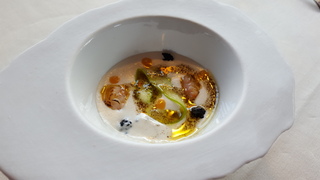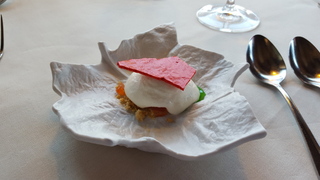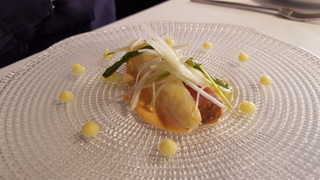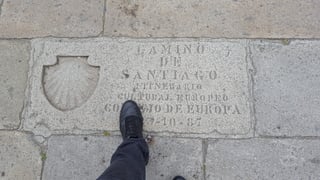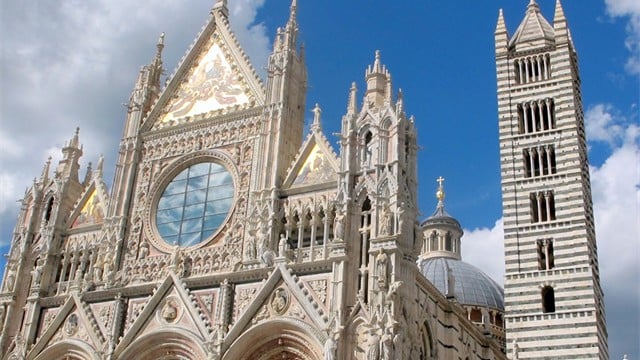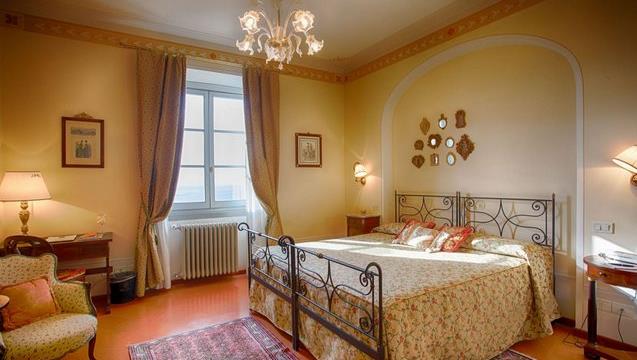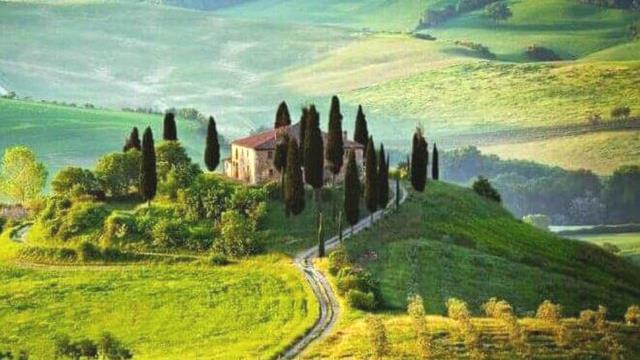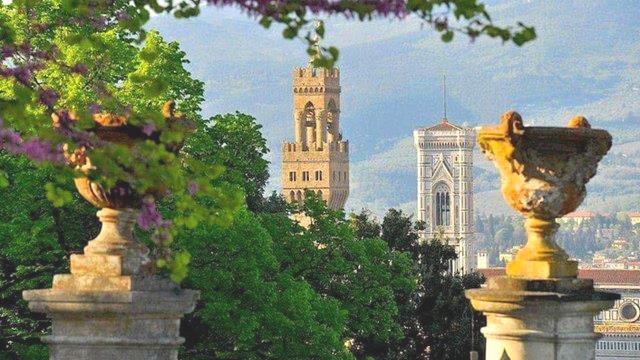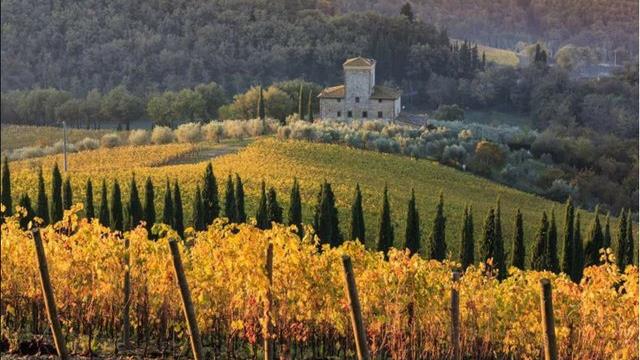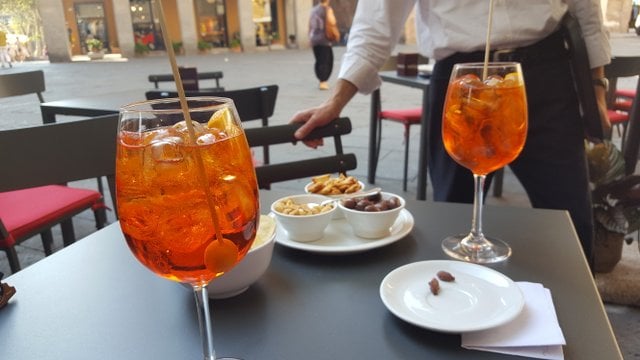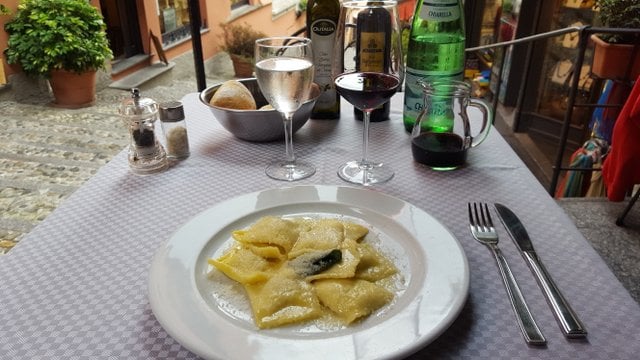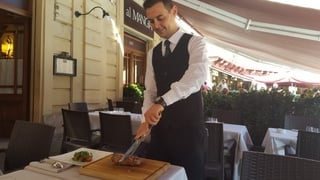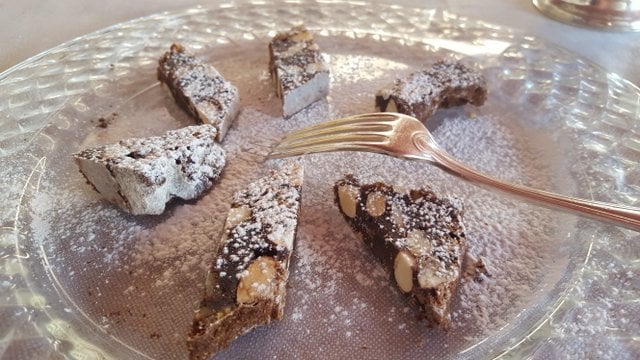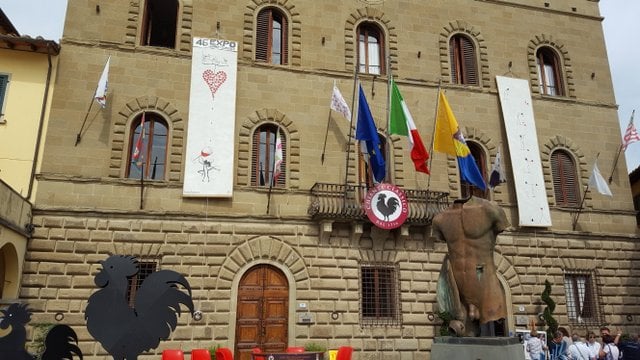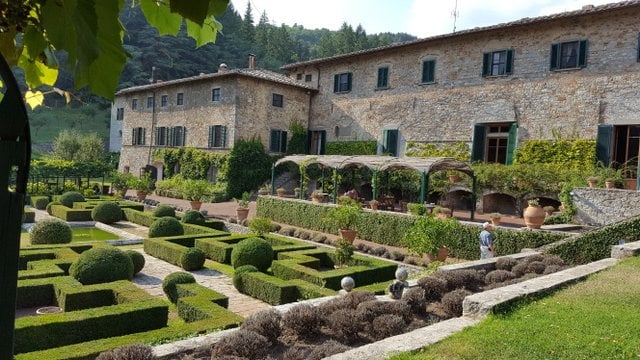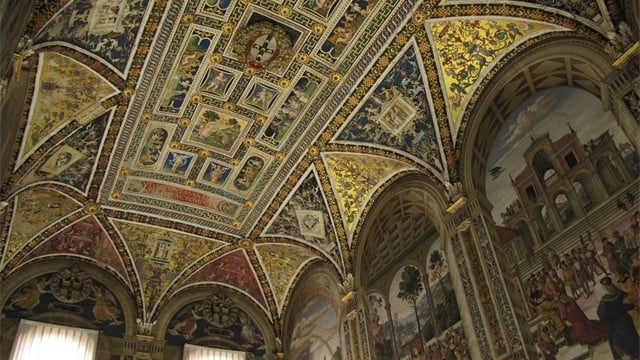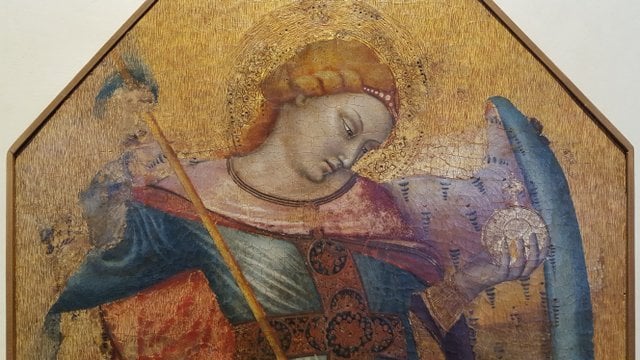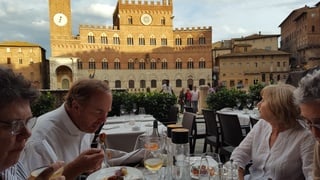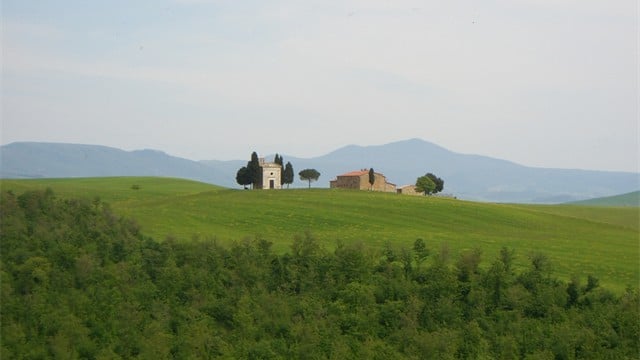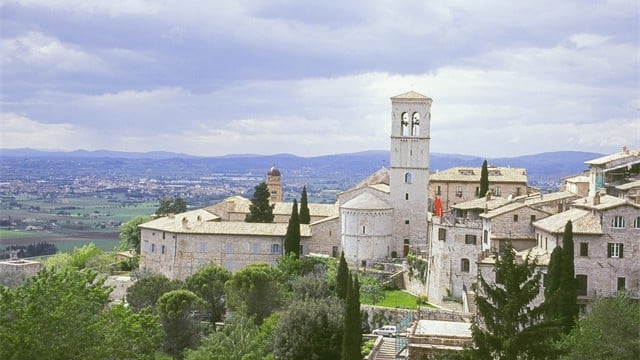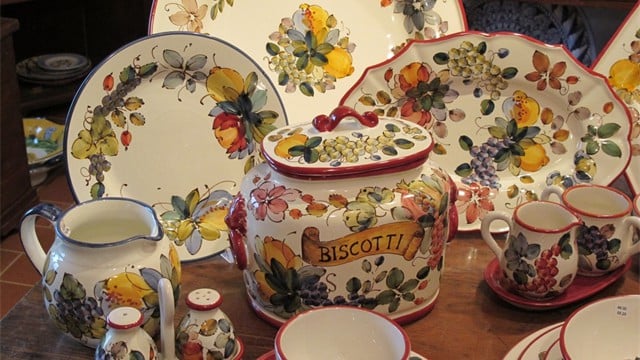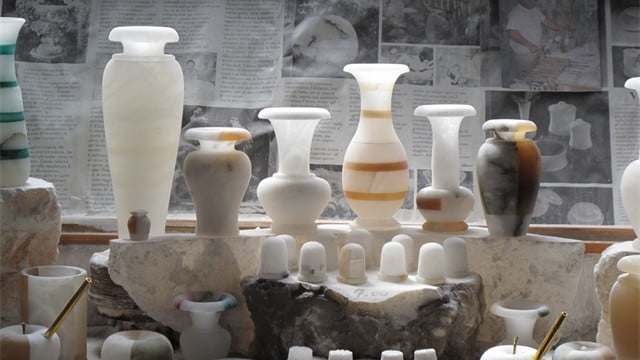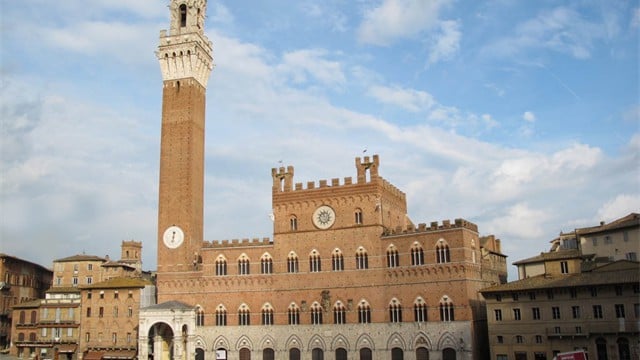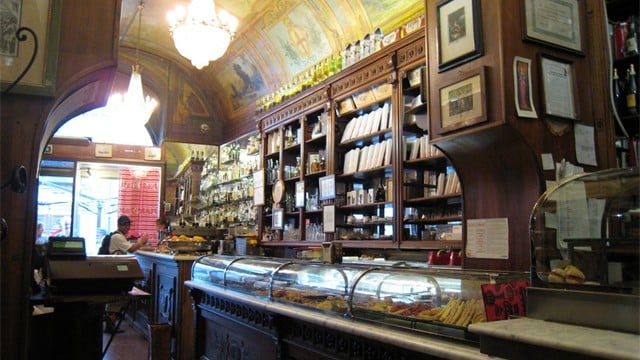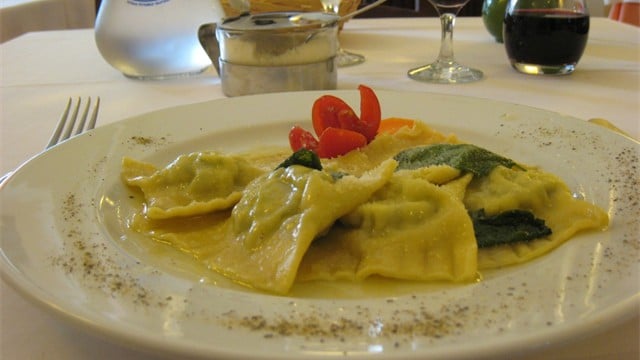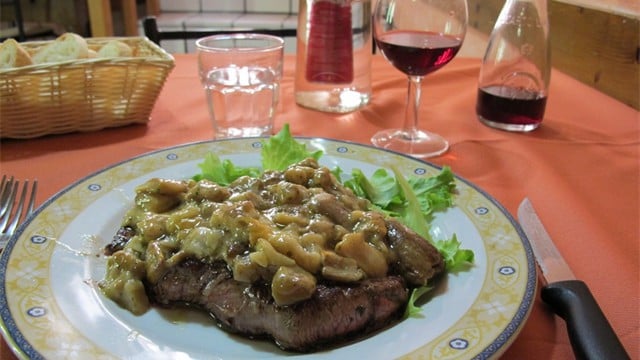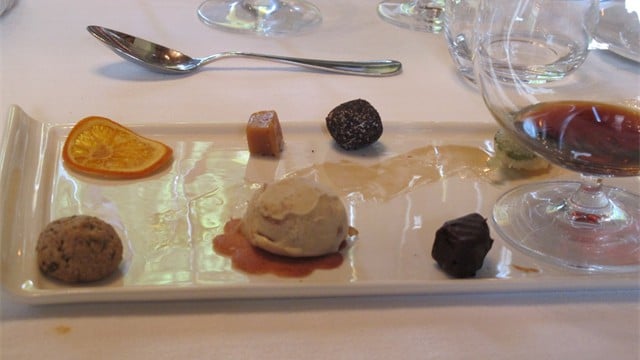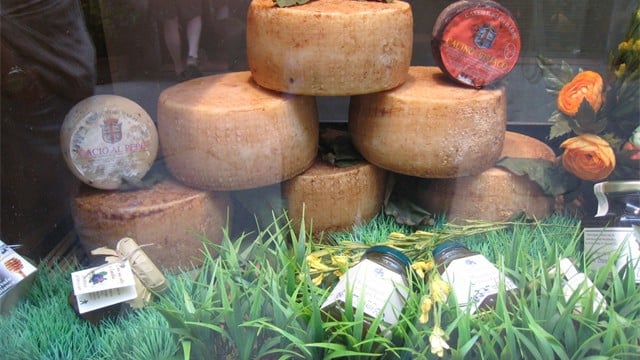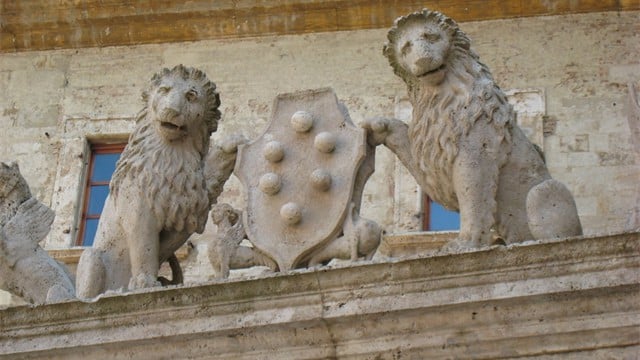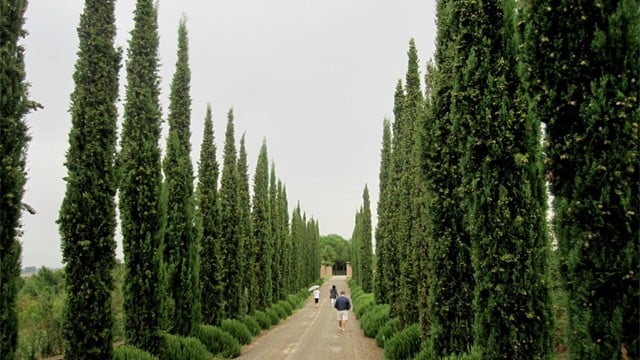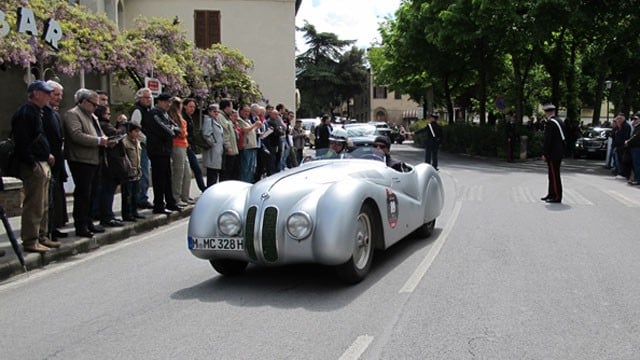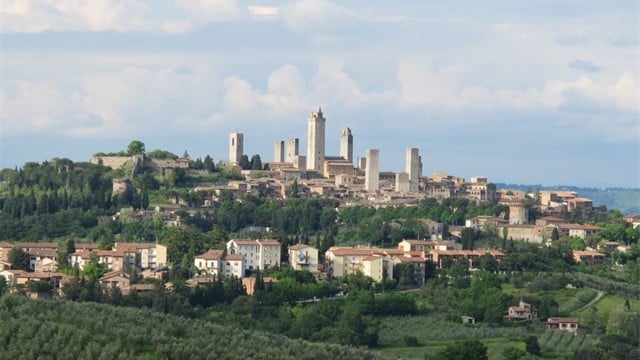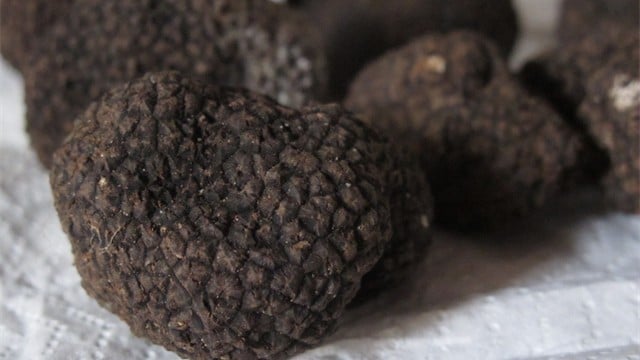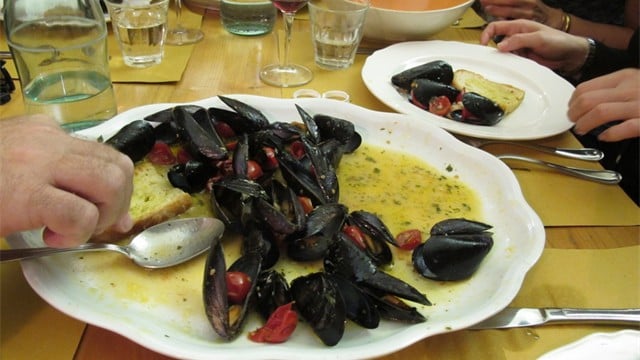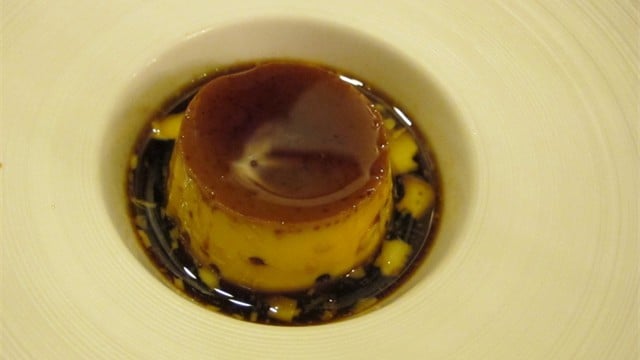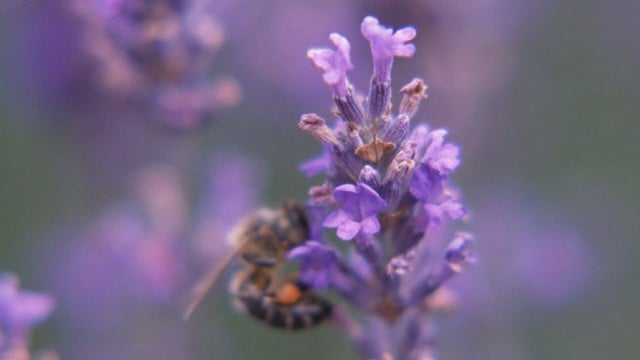
Newsletter - April 2024
Greetings from Robbi and Jim
A warm welcome to all of the members of our Aroma Tours Newsletter in over 30 countries around the world.
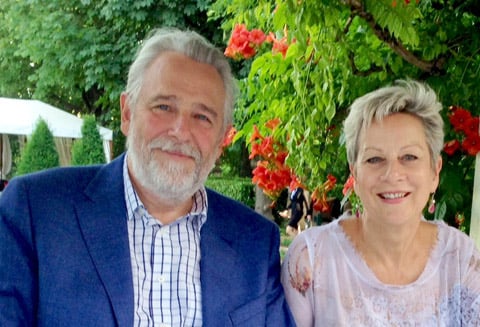
Robbi and I have now finalized our planning for this year and we are greatly looking forward to the start of another wonderful season of Aroma Tours adventures.
We feel truly blessed to once again be sharing our passion for the fabulous places and experiences that we love, with delightful people from around the world.
This year is all set to be another fabulous tour season with all of our tours now either sold out or down to the last few places!
- If you would like to "seize the day" and journey with us this year, we invite you to visit our tour information page for more details or our make a reservation page to reserve your place.
Aroma Travellers Our Thanks
Without doubt, the main reason that we have grown and flourished over the years, is the on-going support that we have received from our past Aroma Travellers.
As we move beyond the difficulties of the last couple of years we are thrilled to see that they continue to make up more than 65% of our guests!
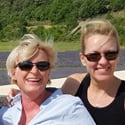

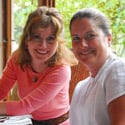
 |
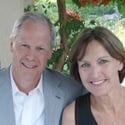
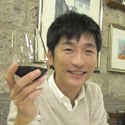
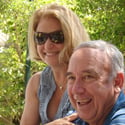
 |

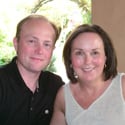

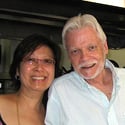 |



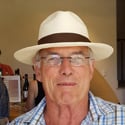 |
We would also like to give our heart-felt thanks to all of you who have continued to support us with your kind words and referrals over the years.
Robbi and I also greatly appreciate the wonderful words of thanks we have received from our guests - Guest Comments.
Provence Awaits
Provence is a place very close to our hearts where our Aroma Tours first began almost 30 years ago.
This gorgious region in southern France is full of beauty and delightful experiences which we always enjoy sharing with our guests during our Heart of Provence and Essential Provence tours.
- There are still 3 vacancies available for Provence 2024 and it would be our great pleasure to share one of these wonderful tours with you.
For more details please visit our information request page and if you would like to join us in beautiful Provence please visit our booking request page
The Story of Coffee

Coffee is a native of Ethiopia and was first cultivated by the Ottomans in Yemen for use in Sufi religious ceremonies.
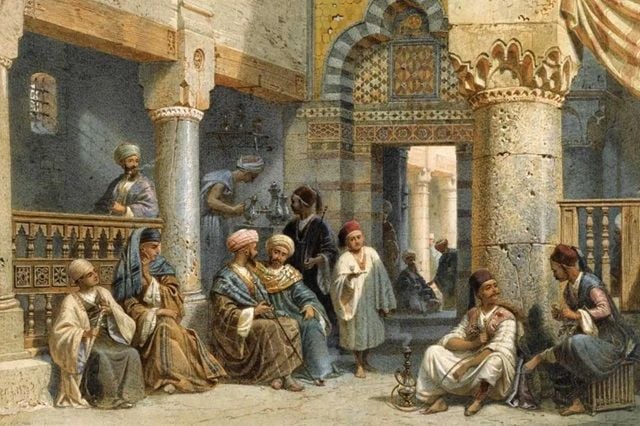
The first public coffee house was opened in Constantinople in 1554 and "kaveh", as it was called, quickly became very popular.
Europeans were first introduced to coffee outside of Vienna by the Ottomans, who while retreating after their second and final, unsuccessful attempt to lay siege to the city were forced to leave behind sacks of coffee beans.
When asked what the sacks of beans were for, one of the captive Ottoman soldiers explained how to roast, grind and brew this strange new beverage.
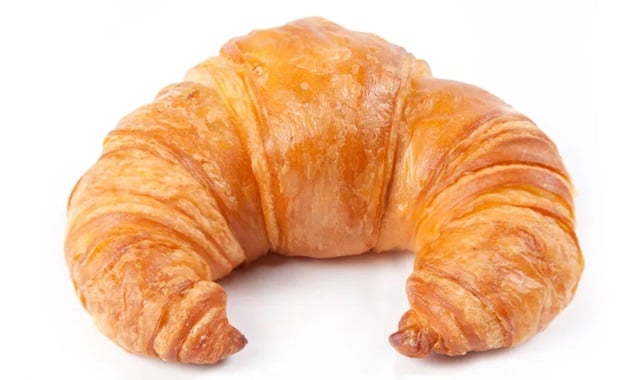
It is interesting to note that the triumphant Austrians decided to celebrate their victory by creating a pastry!
They thought it a nice idea to be eating the symbol of the Ottomans, their long time suppressor - the crescent moon. Or as they called it "the croissant".
By the mid seventeenth century, the popularity of coffee and its uplifting effects was rapidly spreading throughout Europe and beyond, especially in London and Paris.
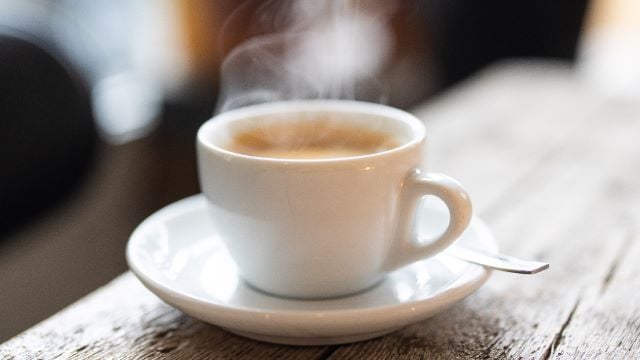
In 1906, Italy showcased the world’s first commercial espresso machine in Milan and changed the face of the coffee drinking world.
Today it is estimated that over 2 billion cups of coffee are consumer around the world every day!
Our Current Booking Status
Next year's Aroma Tours are almost sold out, however there are still a few places available and we invite you to join us for one of our delightful journeys in 2024.
- If you would like us to hold your place(s) for a few days so that you have time to comfortably make your other arrangements please let us know at jim@aroma-tours.com
| List of Tours for 2024 | ||
| Flavours of Spain | 13 - 20 May 2024 | |
| Spanish Gourmet Pilgrimage | 20 - 27 May 2024 | 2 vacancies |
| Flavours of France | 3 - 10 June 2024 | |
| Heart of Provence | 17 - 24 June 2024 | 1 vacancy |
| Essential Provence | 24 June - 1 July 2024 | 2 vacancies |
|
Treasures of Provence (ladies only special event) |
5 - 12 July 2024 | |
| Aromas of Tuscany | 3 - 10 September 2024 | 2 vacancies |
| Flavours of Italy | 10 - 17 September 2024 | |
| Bali Women's Retreat | 7 - 14 September 2024 | |
| Bali Women's Retreat (private event) | 16 - 23 September 2024 | |
We thrilled to see that our 2025 tour season is continuing to receive strong early bookings with several tours almost sold out.
| List of Tours for 2025 | ||
| Flavours of Spain | 12 - 19 May 2025 | 7 vacancies |
| Spanish Gourmet Pilgrimage | 19 - 26 May 2025 | 5 vacancies |
| Flavours of France | 9 - 16 June 2025 | 4 vacancies |
| Heart of Provence | 23 - 30 June 2025 | 2 vacancies |
| Essential Provence | 30 June - 7 July 2025 | 3 vacancies |
|
Treasures of Provence (ladies only special event) |
11 - 18 July 2025 | 2 vacancies |
| Aromas of Tuscany | 9 - 16 September 2025 | 4 vacancies |
| Flavours of Italy | 16 - 23 September 2025 | 4 vacancies |
- For detailed information about any of our tours please visit our tour information page and if you would like to join us please visit our make a reservation page.
- It is our pleasure to assist you with any questions you may have and we invite you to get in touch with us at jim@aroma-tours.com
Please note
- Our up-to-the-minute booking status is available via our calendar page
The Story of Champagne - Part 2

The Story of Champagne continues: Part 1 can be found in our February newsletter.
During Louis XV's reign, all wine was transported ( and taxed ) in wooden casks, however, for champagne this was a disaster, as it would quickly lose all of its effervescence through the porous wood of the casks. As a result, the Champenoise petitioned Louis XV to allow them to transport champagne by the bottle. After lengthy negotiations ( which included standardizing the shape and capacity of the bottles to be used ), Louis agreed to allow champagne - and only champagne - to be transported and taxed by the bottle. As Louis himself acknowledged - "People who like champagne want it to have bubbles".
The increasingly frivolous and arrogant nature of Louis' royal court, while good for champagne consumption and the Champenois, was inevitably leading to more and more resentment and hardships for the French people. Criticism was not tolerated and the combination of a disastrous seven year war with Britain, loss of colonies, increased taxes and food prices added to the misery.
After Louis' death in 1774 from smallpox, the even more frivolous Louis XVI came to the throne, and matters went from bad to worse.
The onset of the American war of independence in 1776 lead to a British blockade of all shipping, which had a dramatic effect on champagne sales and the availability of goods from the colonies. Over the following years, these factors coupled with a series of extremely hot summers and very poor crop yields, stretched France to breaking point. In 1789, with the price of wheat and bread soaring to their highest levels ever, Queen Mary-Antoinette uttered the famous and fateful "Let them eat cake" and shortly thereafter the French Revolution and "Reign of Terror" began.
After the demise of the Bourbon dynasty, France was plunged into a period of political, social and religious turmoil and in one 18 month period, 50,000 people died at the hands of the new revolutionary council. These were very dangerous times for the Champenoise and they went to extreme lengths to hide their associations with nobles and other persons from the former regime.
With the founding of the First Republic the privileged status of the Church was abolished and its holdings were sold off to bolster the new nation's shaky finances. In Champagne, most of the best vineyards belonged to the Church and were now being broken down into smaller parcels to be sold to citizen vignerons, many of whom had little or no experience in the cultivation and care of vines. There was however one exception: the monastery of Hautvillers where Dom Perignon had once worked.
Approximately fifteen years earlier, the young Napoleon Bonaparte was sent from the sunny vineyards of his family home in Corsica to Champagne and the Royal Military Academy in Brienne. In the beginning, he hated this new cold land, far from the sun and warmth of the Mediterranean. However, as time passed he increasingly found solace amongst the vines of Champagne which reminded him of the joys of his youth. Eventually, Napoleon settled down and became deeply attached to his new home and later referred to Brienne as "my native land."
It was during this time that Napoleon was introduced to the young Jean-Remy Moet, grandson of Claude Moet, who had popularized sparkling champagne at the royal court in Versailles. As a result of this chance meeting, they formed a life-long friendship which ultimately led to Napoleon becoming a champion of champagne and being responsible for putting it firmly on the international stage.
Before each of his military campaigns Napoleon always made a point of passing through Epernay and visiting Jean-Remy to pick up a supply of champagne. "In victory you deserve it, in defeat you need it." Only once did he fail to follow this ritual: on his way to Waterloo!
With Napoleon's abdication in March 1814, the countries he had once conquered or fought against, instigated crushing fines and requisitions against France. As a result, cellars throughout Champagne were plundered, the worst hit being those of Moet, who saw 600,000 bottles emptied by the occupying Russian army. Before long, however, the leaders of many of these countries were trooping through the cellars of Champagne tasting and buying, including Czar Alexander of Russia, Franz II of Austria, King Frederick William III of Prussia, Price William of Orange and England's Duke of Wellington.
Jean-Remy Moet now found that he had become "the most famous winemaker in the world", supplying champagne to every court in Europe. As the French proverb says: "Qui a bu, boira" - he who has drunk, will drink again.
During the 1850's and 60's France's Second Republic under Napoleon III was swept up in the Industrial Revolution and underwent an era of unprecedented growth. Trains now provided rapid and reliable transport, Baron Haussmann was transforming slum-ridden Paris into a grand metropolis with wide boulevards and gracious buildings, and French industry grew to become greater than all of the other countries in continental Europe combined.
It was also an era of unprecedented growth for Champagne, with machines taking over many of the repetitive tasks, such as bottle washing and corking and as a result, champagne production was transformed from a cottage industry into big business. Where there had been only ten champagne houses at the turn of the century there were now three hundred and annual sales of champagne skyrocketed from a few hundred thousand bottles, to over twenty five million!
During this same period, Louis Pasteur uncovered the secret of fermentation, Jean-Baptiste Francois invented the sucreoenometre ( to gauge sugar content ), Adolphe Jacquesson developed the wire muzzle to hold down corks and Nicole-Barbe Clicquot-Ponsardin finally resolved the problem of removing cloudiness from champagne without loosing its' effervescence.
Although hardly more than 5 feet tall and widowed at age twenty three with a young child, Nicole-Barbe single-handedly transformed the ruins of her husband's business Clicquot et Fils ( mainly finance and wool broking, with a little champagne production on the side ), into one of the world's most famous and successful champagne houses: Veuve Clicquot-Ponsardin ( Veuve means widow in French ).
Her innovation, known as "remuage" involved storing each bottle in an inverted position, with periodic shaking and turning, so that the sediment ( dead yeast ) would gather in the bottle's neck where it could later be easily removed.
The Champenoise were now "standing on top of golden hours" and as one reviewer put it: champagne is not a wine, it is the wine!".
However, great pain and adversity for Champagne were just around the corner as one war after another was fought amongst their vines and cities.
The next part of The Story of Champagne will continue in our next newsletter....
Spanish Gourmet Pilgrimage - a Michelin Star Studded Journey
Our wonderful Spanish Gourmet Pilgrimage begins in the Basque country, one of the world's fine food capitals with the highest concentration of Michelin starred restaurants in the world.
We then weave our way along the fabled Camino de Santiago through a succession of glorious vistas and cuisines with more star studded dining, until we reach the magnificent world heritage city of Santiago de Compostella in the seafood paradise of Galicia; and you guessed it - 2 more Michelin stars!
There are now only 2 places left for this gourmet extravaganza - time for some delicious Carpe Diem anyone?
- For more details please visit our tour information page and if you would like to share in this you can reserve your place via our make a reservation page
Photos of our Aroma Tours Adventures in Tuscany
Tuscany in autumn is a magnificent kaleidoscope of colourful landscapes, beautiful hilltop villages, ripe grape vines, celebration and joy for life.
During our Aromas of Tuscany Tour we absorb the passion of the Italian lifestyle and savour the delightful flavours of the land's bounty, along with the rich cultural heritage evident in the art, architecture, historical sites, festivals, fashion, design, craftsmanship and unique approach to living.
Those of us who journey here are all destined to be transformed by the magic of Italy - feeling more joyful by the moment, speaking more enthusiastically, smiling broadly and even indulging in a bit of emphatic arm waving!
For more details please visit our information request page and if you would like to reserve your place to join us in beautiful Tuscany this autumn please visit our booking request page
Travelling Solo in a Group
As well as couples and friends travelling together, we are regularly joined by solo travellers - mostly women, who appreciate being able to journey with liked minded people from around the world, without the need to do all the planning and take on the daunting task of touring by themselves.
Joining one of our small group tours is easy and we have already made all of the arrangements on your behalf to ensure that you have a delightful, stress-free holiday with the focus on having fun.
Having a ready-made group of friends to travel with, and us to take wonderful care of you is the way to go!
- There is no extra charge for solo travellers who are willing to share a room with another same gender guest from our group.
We have carefully crafted off-the-beaten-path itineraries that are the perfect balance of structure, experiences, details and free time to enjoy in your own way.
Our Invitation
Robbi and I look forward to welcoming you to one of our delightful Aroma Tours in 2023 or 2024.
- For detailed information about any of our tours please visit our tour information page and if you would like to join us please visit our make a reservation page.
- As always if you have any questions or if you would like us to assist you personally with advice about your travel arrangements or with any other details please contact us at info@aroma-tours.com
Warmest regards,
Jim and Robbi
